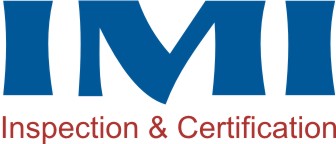Definition of basic parameters of bulk carrier:
- Displacement (D): The weight of the volume of water that the ship occupies
- Light Ship: Is the entire weight of the ship, including shell, machine, equipment, spare parts … but not including fuel, fresh water (except water in boiler).
- Deadweight (Dwt): A weight in tons of goods, fuel, fresh water, crew, passengers, food, food, ship’s constants… carried on board (usually calculated to the summer draft).
- Gross Tonnage (GT): As a dimensionless quantity and a function of all theoretical volumes of all enclosed spaces of the ship.
GT = K1 x V
Inside:
+ K1 is the coefficient examined in the table of the International Convention on Ship Volume Measurement
Tonnage-69 with argument V.
K1 = 0.2 + 0.02.Log10 .V
+ V is the total volume of the enclosed spaces of the vessel (m3), all spaces enclosed by the hull, vertical compartments, fixed or movable walls, decks or covers Fixed or mobile roofs. - Net Tonnage (NT): It is a dimensionless quantity and is a function of all theoretical volumes of all ship storage spaces, of the height of the ship, the length of the vessel and the number of passengers allowed to transport.
- Gross Tonnage and Net Tonnage are included in the vessel’s profile and are included in the International Tonnage Certificate. These are important exploitation parameters of the ship. These values are often used as a basis for calculating the types of ship fees (port charges, pilotage fees, towage fees …) as well as the size of the fleet of a Company or a State.

- Length Over All (LOA): The largest length calculated vertically by ship. This size is very important for berth layout as well as during ship maneuvering.
- Length Between Perpendicular (LBP): It is the distance on the summer waterway from the front edge of the ship’s nose to the rear edge of the rudder support or to the center of the rudder shaft without the rudder support.
Vertical lines go through the intersection of the summer waterline with the above points at the nose and the steering is called the Forward Perpendicular (FP) and the After Perpendicular (AP).
This size serves for the calculation and adjustment of draft, determination of water draft difference and draft inspection for calculating goods. In addition, LBP is used in calculations, adjusting measurements or calculating real space in liquid tanks. - Maximum Breadth: Is the largest distance horizontally calculated by ship.
- Depth Moulded: The vertical distance in the middle of the ship measured from the main vertex to the lower edge of the main deck.
- Height (H): It is the height calculated from the lower keel of the ship to the upper edge of the main deck line mark.









